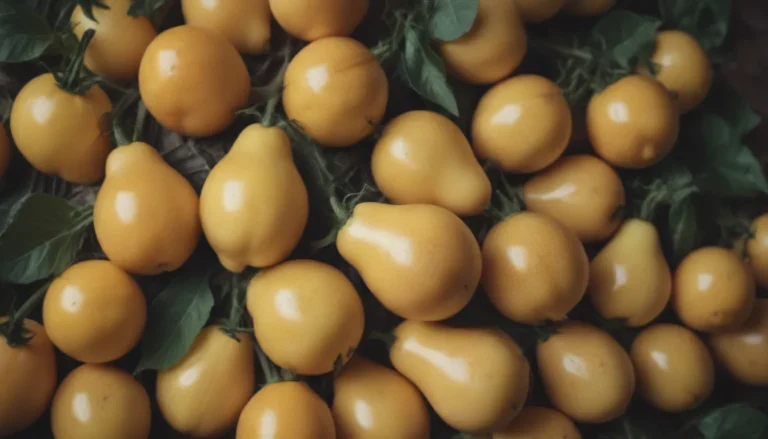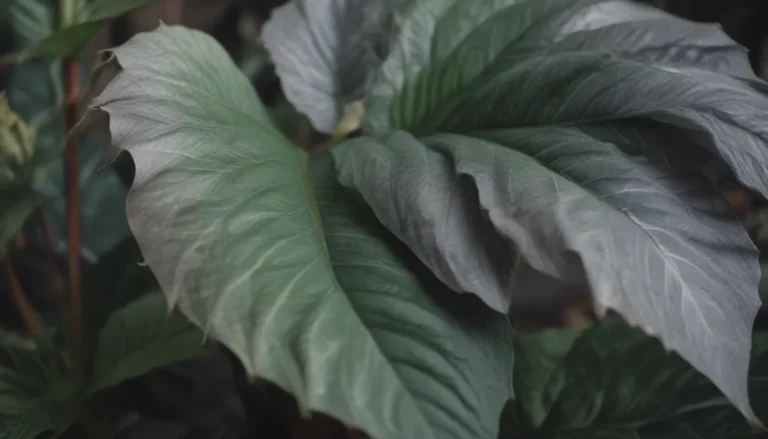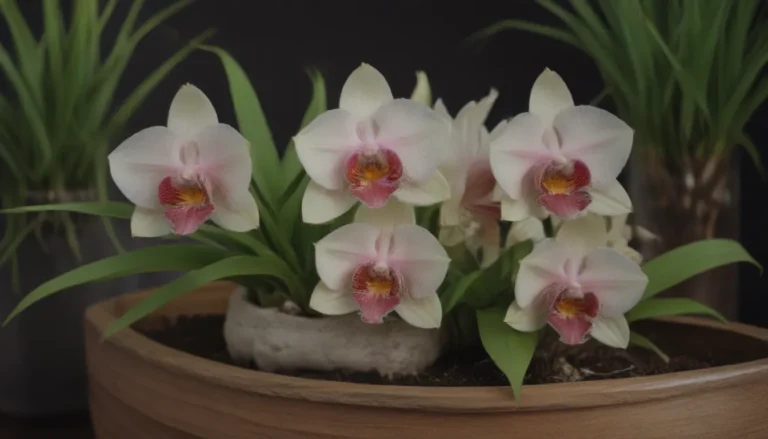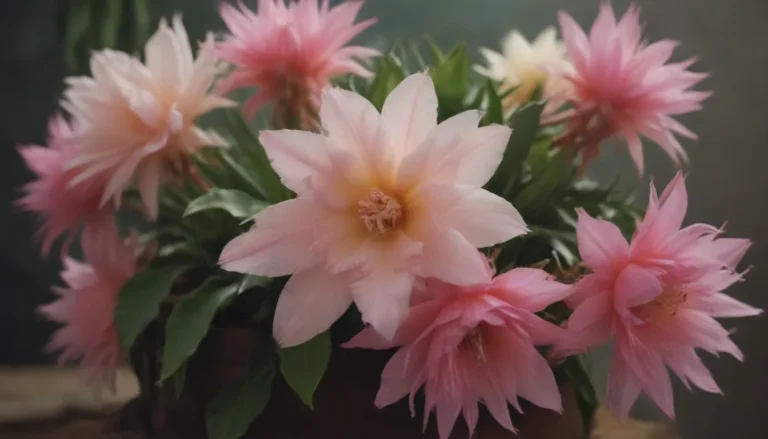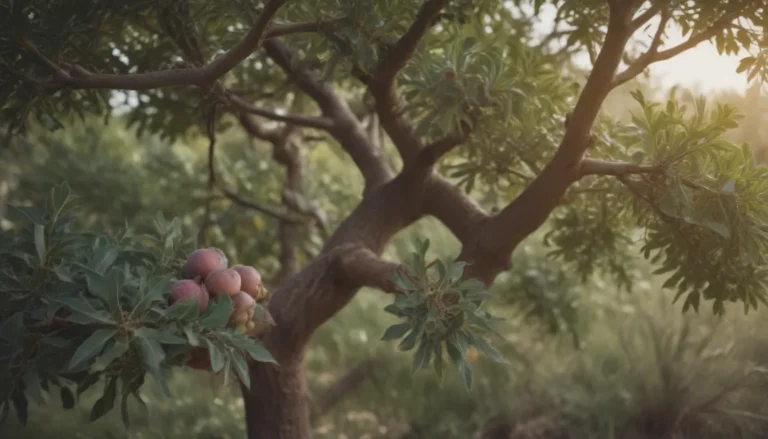The Ultimate Guide to Growing and Caring for American Elderberry
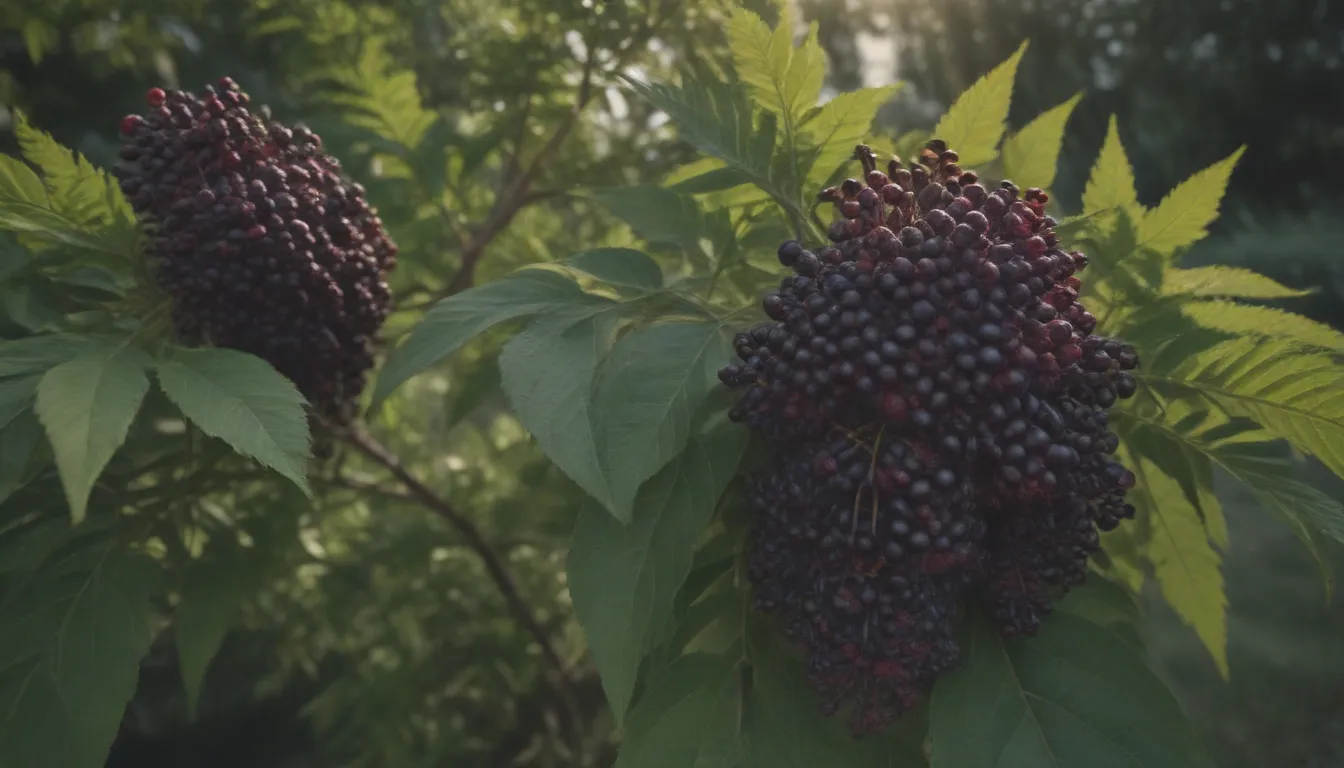
Welcome to the ultimate guide on how to grow and care for American elderberry, also known as common elderberry. In this comprehensive article, we will dive deep into everything you need to know about this beautiful deciduous shrub with bright white flowers and delicious dark drupe fruits. Whether you are a seasoned gardener or a beginner looking to add this beloved plant to your landscape, we’ve got you covered.
Introduction to American Elderberry
American elderberry is a versatile shrub that attracts pollinators and produces delectable fruits that can be turned into jellies or baked into pies. Before we get into the nitty-gritty of caring for this plant, let’s talk a little more about what makes it so special.
- Scientific Name: Sambucus canadensis
- Common Names: Common elderberry, American elderberry
- Features: Bright white flowers, dark drupe fruits
- Growing Conditions: Full sunlight, moist well-draining soil, mild temperatures
Now that we have a basic overview, let’s move on to the essential care requirements for American elderberry.
American Elderberry Care Tips
Growing and caring for American elderberry is relatively straightforward, but it’s essential to understand the specific needs of this plant to ensure its health and vitality. Here are some key care tips to keep in mind:
Light
American elderberry can thrive in various sun conditions, making it a versatile choice for your garden. While it can tolerate partial shade, it prefers full sun for optimal growth.
Soil
Plant your American elderberry in humus-rich, moist soil with good drainage. A neutral-to-acidic pH level is recommended for best results. Ensure that the planting area does not have standing water, as elderberries have shallow roots and are susceptible to rot.
Water
American elderberry is intolerant of drought and requires regular watering, especially during peak growth periods or hot, dry weather. Aim to provide around an inch or two of water weekly, and monitor the soil to ensure it stays evenly moist.
Temperature and Humidity
While American elderberry is resilient across various hardiness zones, it thrives in cool, moist conditions. Although it does not have specific humidity requirements, regular rainfall is beneficial for its growth.
Fertilizer
While not mandatory, fertilizing your American elderberry can promote robust fruit production. Consider amending the soil with compost or manure at planting and use a balanced fertilizer mixture in the spring to support healthy growth.
Now that we’ve covered the basic care tips, let’s explore some additional information on American elderberry cultivars and pruning techniques.
Types of American Elderberry Cultivars
There are several cultivars of American elderberry available for cultivation, each with its unique characteristics:
- S. canadensis ‘Aurea’
- S. canadensis ‘Variegata’
- S. canadensis ‘Laciniata’
- S. canadensis ‘Adams No. 1’, ‘Adams No. 2’, ‘York’, and ‘Johns’
Choosing the right cultivar for your garden can enhance the visual appeal and fruit production of your American elderberry shrubs.
Pruning Techniques for American Elderberry
Proper pruning is essential for maintaining the health and vigor of your American elderberry plants. Here are some key pruning tips to keep in mind:
- Remove dead, damaged, or diseased canes in the early spring.
- Trim older canes to encourage new growth and better fruit production.
- Shape the shrub to maintain a neat appearance and prevent overcrowding.
By following these pruning techniques, you can ensure that your American elderberry shrubs remain healthy and productive year after year.
Propagating American Elderberry
If you’re looking to expand your American elderberry collection, propagating the plants through cuttings is an effective method. While seeds can be used for propagation, cuttings are preferred due to their simplicity and reliability.
Use rooting hormone to encourage root development and protect the cuttings from bacterial and fungal infections. With proper care and attention, your propagated elderberry plants will thrive and add beauty to your garden.
Potting and Repotting American Elderberry
For gardeners with limited space or wanting to grow American elderberry in containers, potting is a viable option. Here are some essential tips for potting and repotting your elderberry plants:
- Choose a large pot, at least 2 feet wide and 20 inches deep, with ample drainage holes.
- Use rich potting soil with a slightly acidic pH level for optimal growth.
- Mulch the surface with compost to retain moisture and provide essential nutrients.
- Water your container-grown elderberry plants regularly to prevent drying out.
By following these guidelines, you can successfully grow American elderberry in pots and enjoy their beauty and fruit production.
Common Pests & Diseases
While American elderberry is relatively low-maintenance, it can be susceptible to a few pests and diseases. Some common issues include aphids, mealybugs, elder shoot borer, scale, canker, leaf spot, and powdery mildew.
To protect your plants from pests and diseases, monitor them regularly, and take prompt action if any issues arise. Additionally, ensure that the soil is free from weeds, as they can compete with elderberry plants for nutrients and water.
Encouraging Blooms in American Elderberry
To ensure abundant blooms on your American elderberry shrubs, follow these tips:
- Prune old or dying limbs during dormancy to promote new growth and flower production.
- Provide adequate sunlight for healthy blooming.
- Cook raw elderberries before consumption, as they can be toxic when consumed raw.
With proper care and attention, your American elderberry plants will bloom beautifully each year, providing you with an abundance of fragrant flowers and delicious fruits.
Conclusion
In conclusion, growing and caring for American elderberry can be a rewarding experience for gardeners of all skill levels. By following the tips and guidelines outlined in this comprehensive guide, you can cultivate healthy, vibrant elderberry shrubs that will enhance the beauty of your garden and provide you with delicious fruits for years to come.
Remember to tailor your care routine to the specific needs of your plants and monitor them regularly for signs of pests or diseases. With a little time and effort, you can enjoy the beauty and bounty of American elderberry in your own backyard.
Happy gardening!
